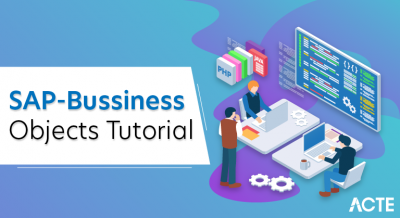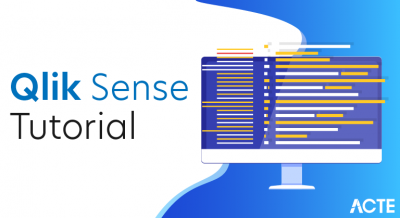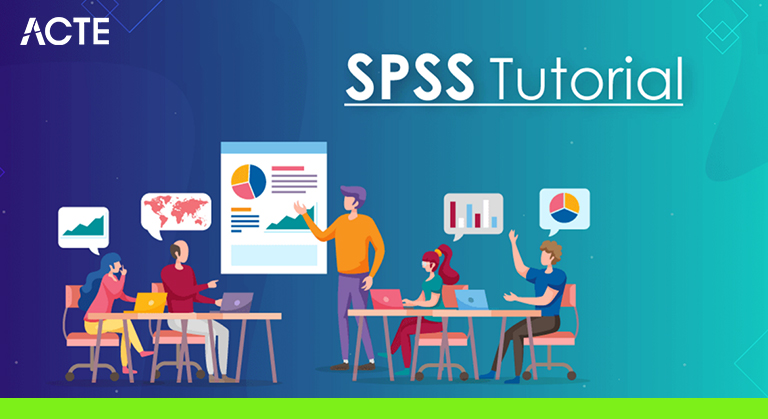
- What is SPSS?
- Starting Up SPSS
- Entering a New Dataset Manually
- Importing an Excel Dataset
- Transform Variables
- Subsetting a Dataset
- Printing a Dataset
- Arranging a Dataset
- Illustrative Statistics
- Quartiles and Plots
- Key Benefits of Using SPSS for Survey Data Analysis
- The Core Functions of SPSS
- Using the Data Editor
- Entering Numeric Data
- The Variable names in the Variable View
- Values entered in the Data View
- Time-Saving Features
- Copying Data Properties
- Automated Production
- Behind the scenes on a Server
- Scoring Data with Predictive Models
- Building a Predictive Model
- Applying the Model
- SPSS Syntax Introduction
- Instructions to Paste SPSS Syntax
- Instructions to run SPSS Syntax
- Composing Simpler Syntax
- Instructions to get SPSS Syntax
- Crosstabulation
- Working with Syntax
- Conclusion
- SPSS is an adaptable program that was created for overseeing measurable strategies. SPSS is the Statistical Package for Social Science and is utilized for the investigation of complicated factual information by analysts and associations. This product bundle was sent off in 1968 by SPSS Inc. Yet, later in 2009, it was gained by IBM. It was planned particularly for the administration and investigation of sociology information.
- Formally SPSS was given the name – IBM SPSS Statistics. Be that as it may, individuals for the most part call it SPSS. At whatever point there is an assignment of social information examination then first inclination is dependably SPSS due to its easy to understand English-like order language. Its client manual is exceptionally easy to comprehend as it is clear and simple to get.
- The application areas of SPSS are wellbeing research focuses, promoting organizations, government projects, instruction, information mining, and so on It is likewise utilized in study associations, information mining, and numerous other factual investigation tasks.
- The vast majority of the think-tanks use SPSS for the examination of review information with the goal that they can get their ideal result and can bring helpful bits of knowledge from the information.
What is SPSS?
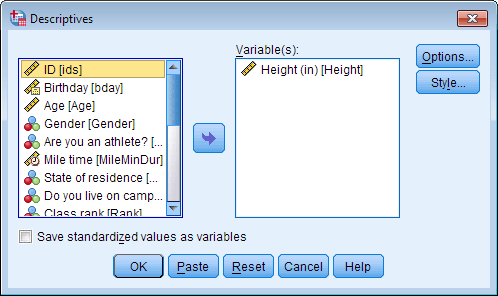
- Select Start >> Mathematics and Statistics >> SPSS >> PASW Statistics 17. SPSS may require as long as one moment to stack.
- Close the PASW Statistics 17.0 discourse that asks what you might want to do.
- Select the primary menu passage File >> Rename Dataset.
- Enter the new dataset name, say Persons1, for the Dataset Name in the Rename Dataset exchange.
Starting Up SPSS :-
To start up SPSS:
This places you in a SPSS Data Editor Window. To rename the dataset:
You should see Untitled1 [Persons1] in the title bar of the Data Editor Window.
- Enter the variable name in the Name segment.
- Enter the sort (Numeric or String) in the Type segment.
- Set the greatest width in characters or digits in the event that you wish in the Width section.
- For any Numeric factors, indicate the number of digits after the decimal point you wish to show in the Decimals Column.
- Discretionary: supply an illustrative name for the variable. For instance, the variable Height may have the name “Tallness in Meters”.
- Additionally determine the Measure for every factor. The decisions are Nominal (Categorical), Ordinal and Scale (Continuous).
Entering a New Dataset Manually :-
To enter a new dataset manually:
Select the Variable View Tab at the lower part of the Data Editor Window.
For every factor in your new dataset indicate its attributes:
- In the fundamental menu, select Open >> Data. In the Open Data discourse, select Excel (*.xls) in the Files of Type drop down box.
- Select the Excel record to import from the hard drive.
- In the Opening Excel Data Source window, select the worksheet that you need to import, regardless of whether the main line contains the variable name.
- The information can be altered utilizing the information proofreader after it has been imported.
Importing an Excel Dataset :-
To import an Excel dataset:
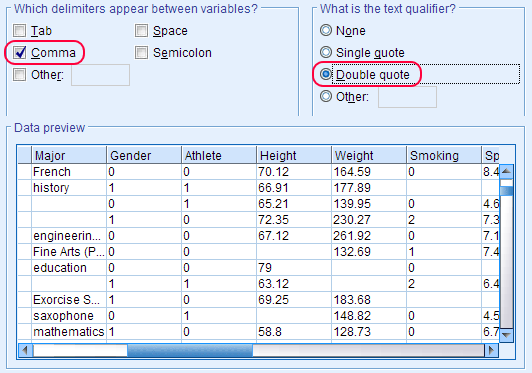
- Select principle menu Transform >> Compute Variable.
- Enter the name of the new factor to be determined in the Target Variable textbox.
- Enter the articulation for working out the new factor in the Numeric Expression textbox. The articulation ought to contain just administrators, numbers and recently characterized factors.
- Click the OK button.
Transform Variables :-
To make another variable determined from existing factors:
The recently figured variable will show up as another section in the Data Editor.
- In the fundamental menu, select Data >> Select Cases. Actually take a look at the radio button with the subtitle: “On the off chance that condition is fulfilled”. Click the If… Button. Then, at that point, in the container at the upper right, enter an articulation which columns to keep. Click OK.
- The main model keeps all perceptions where x isn’t equivalent to 13 and x isn’t equivalent to 97. The subsequent model keeps all perceptions aside from the ones with case number equivalent to 4 and 46.
- Utilize one more segment to enter 1s and 0s. A 1 straight signifies “keep that line.” A 0 straight signifies “eliminate that line.” Change the name of the segment to filter1 in the Variable View. Then, at that point, select Data >> Select Cases. Check the “Utilization Filter” button and snap on the right bolt to move the variable named filter1 to the crate. At last snap OK.
- There ought to be an inclining line through each taken out perception.
Subsetting a Dataset :-
There are two methods for choosing just a subset of the current dataset:
- In the principle menu, select Analyze >> Reports >> Case Summaries. Move the factors you need to print to the Variables Box. Click OK.
Printing a Dataset :-
To print the current dataset:
- In the principle menu, select Data >> Sort Cases.
- Move the variable or factors by which you need to sort into the Sort by Box. Click OK.
- The lines in the dataset will currently be arranged.
Arranging a Dataset :-
To sort the lines of a dataset by a segment of segments:
- Go to the Data Editor Window.
- In the principle menu, select Analyze >> Descriptive Statistics >> Descriptives.
- In the Descriptives discourse, move every one of the factors for which you need elucidating measurements from the left to the factors box.
- Click on the Options button and select, in the Descriptives: Options discourse, every one of the clear insights that you need displayed in the result. Click Continue. The upsides of the graphic insights will be displayed in the Output Window.
Illustrative Statistics :-
To register enlightening measurements like the mean, standard deviation, least and greatest:
- Go to the Data Editor Window.
- In the fundamental menu, select Analyze >> Descriptive Statistics >> Explore.
- In the Explore discourse, move every one of the factors that you need to investigate to the Dependent List box.
- Click on the Statistics button. In the Explore: Statistics exchange, actually look at just the cases Outliers and Percentiles. Click Continue.
- Click on the Plots button. In the Explore: Plots exchange, check the radio button Dependents together. Likewise, really look at the Stem-and-leaf and Histogram actually take a look at boxes. Click Continue.
- Click the OK button.
Quartiles and Plots :-
To acquire quartiles (Q0, Q1, Q2, Q3, Q4 and Q5):
- For control of the information, the use of SPSS apparatus is one of the advantages that the scientist can take. It is best for the measurable examination of overview information.
- You can send out any information in SPSS for the examination reason. The study information assembled by SurveyGizmo can likewise be utilized.
- This saved information document has .SAV augmentation and with this, you can apply the course of control, information examination, and so forth
- With this, the SPSS will consequently characterize the default variable names, types and the worth names. And furthermore, it diminishes the time and responsibility of the specialists. There is various highlights and open doors for the clients in SPSS.
- SPSS is adjustable and adaptable so you can involve it according to your necessity. You can find the answers for the complex datasets and can without much of a stretch foster the prescient model.
Key Benefits of Using SPSS for Survey Data Analysis :-
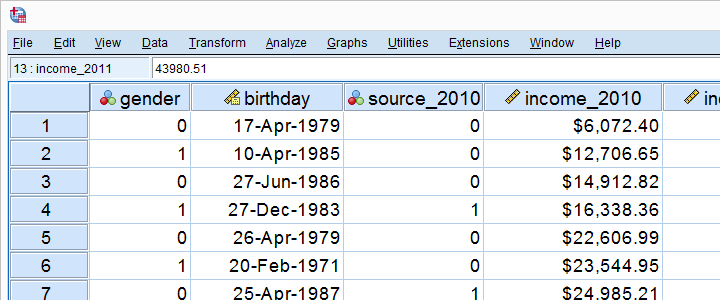
- Insights Program: SPSS’s Statistics program gives a plenty of fundamental factual capacities, some of which incorporate frequencies, cross-classification, and bivariate measurements.
- Modeler Program: SPSS’s Modeler program empowers analysts to fabricate and approve prescient models utilizing progressed factual methods.
- Text Analytics for Surveys Program: SPSS’s Text Analytics for Surveys program assists overview executives with revealing strong bits of knowledge from reactions to open-finished review questions.
- Perception Designer: SPSS’s Visualization Designer program permits analysts to utilize their information to make a wide assortment of visuals like thickness diagrams and outspread boxplots from their overview information effortlessly.
- Notwithstanding the four projects referenced above, SPSS additionally gives answers for information the board, which permit scientists to perform case choice, make inferred information, and perform record reshaping.
- SPSS likewise offers information documentation, which permits analysts to store a metadata word reference. This metadata word reference goes about as an incorporated store of data relating to the information, like importance, connections to different information, beginning, use, and configuration.
- Graphic insights, including systems like frequencies, cross-arrangement, and unmistakable proportion measurements.
- Bivariate insights, including strategies like investigation of fluctuation (ANOVA), means, connection, and nonparametric tests.
- Numeral result expectation like direct relapse.
- Forecast for recognizing gatherings, including systems like bunch examination and variable investigation.
The Core Functions of SPSS :-
SPSS offers four projects that help scientists with your intricate information investigation needs.
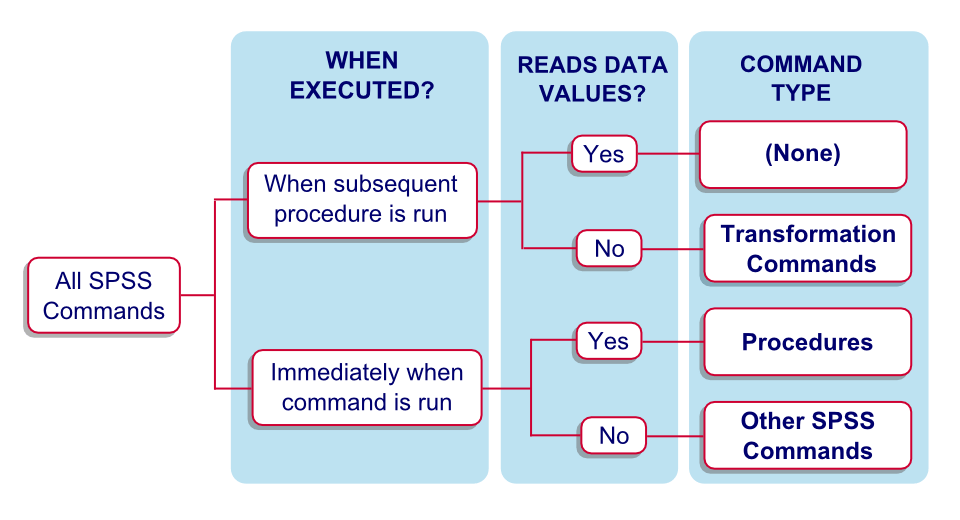
There are a small bunch of measurable strategies that can be utilized in SPSS, including:
- In the Data View, factors are addressed by the sections and then again, cases are addressed by the columns.
- Furthermore in the Variable View, each line addresses a variable, and every section is going about as a characteristic which is related with the particular variable.
- Here the factors are utilized to show the various sorts of information which you have aggregated. On the off chance that we consider a study, each question is equivalent to the variable. A variable can be a string, whole number, date, cash, and so on It very well may be of any kind.
- Each and every segment addresses the variable in your information.
- Each case is addressed by the perception or case.
- Cells don’t contain recipes. They incorporate qualities as it were.
- In the dataset, the unfilled cell is considered as the missing worth. That is the reason there is no vacant cell in the information table. However, in the string cell, the clear is taken as substantial.
Using the Data Editor :-
Information Editor is accustomed to showing the information in the document. In the Data editorial manager, the data is shown as the factors and the cases.
The plan of the Data Editor is like a bookkeeping page. It has a few distinctions which are referenced beneath.
Entering Numeric Data :-
In the Data Editor, you can enter the information. This can be utilized for both little just as the huge document. For huge documents, it very well may be utilized to make little alters.
Toward the finish of Data Editor, there is the Variable View tab. Select it. Characterize the necessary factors which will be utilized. Here, in this model, three factors – ‘age’, ‘pay’ and ‘conjugal status’ will be utilized Entering Numeric DataM
- Type age in the absolute first line of the principal section.
- Then, at that point, in the subsequent line, type conjugal.
- What’s more, in the third line, type pay.
- A Numeric information type will be appointed naturally to the new factors.
- SPSS likewise creates special variable names on the off chance that not characterized by the client. Yet, these names not suggested and are not distinct for the enormous information documents.
- To proceed with the information entering, select the Data View tab.
- In the Variable View, the names that you have given are the headings for the first three sections in quite a while View.
- Beginning from the main section, you can start to enter information in the primary column.
The Variable names in the Variable View :-
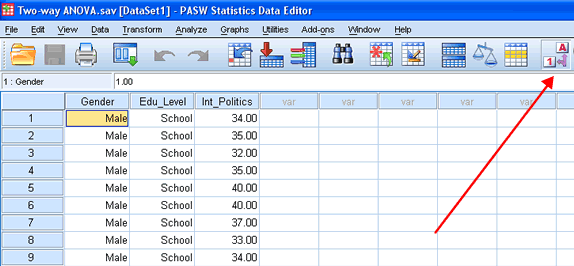
- Presently, in the age segment add esteem by composing 55.
- What’s more in the conjugal section, type 1.
- Once more, in the pay section, type 72000.
- Go to the subsequent line and add the information for the following subject.
- Again type 53 in the age section.
- Also, in the conjugal segment, type 0.
- In pay section, type the worth 153000.
- At the lower part of the Editor window, click on the Variable View tab.
- Then, at that point, to conceal the decimal, in the Decimals segment of the age column, type 0.
- And furthermore, in the Decimals section of the conjugal line, type 0.
Values entered in the Data View :-
Here, the sections – age and conjugal show the decimal focuses, in any event, when their qualities should be numbers. Furthermore, to conceal these decimal focuses in upsides of these factors:
Time-Saving Features :-
This item comes stacked with a ton many elements which can be truly useful when you are chipping away at an investigation of informational indexes especially when the examination is being performed on a comparable sort of informational indexes.
Copying Data Properties :-
The information document in IBM SPSS contains the Metadata credits which are connected with the information record that can be in any way similar to factors, esteem marks or the missing worth definitions, and so on So this tries not to reproduce the data each time you begin dealing with another information document. This can save a ton of time and you simply need to duplicate the variable settings from a saved IBM SPSS Data document. The document properties from one record can be applied to the at present dynamic dataset.
Automated Production :-
Utilizing Production Jobs IBM SPSS Statistics can be made to run in a computerized manner. This program runs unattended and will end after it executes the last order, so this assists you with performing different assignments while it is running. Creation occupations can be planned to run naturally at booked occasions.
Behind the scenes on a Server :-
For this situation, the program is running on a different meeting on a far off server. In this way, your neighborhood PC shouldn’t be kept ON or associated with the distant server. You can likewise get the outcomes after some time. Do remember that running a creation work on a far off server expects admittance to the server that is running IBM SPSS Statistics Server.
Scoring Data with Predictive Models :-
Scoring is the term utilized here and which is alluded to as applying a prescient model to a bunch of information. IBM SPSS Statistics can be utilized to assemble strategies like relapse, neural organization, tree, bunching. The particulars for a model can be saved in a document and that can be utilized to recreate the model and can be utilized to create prescient scores in other datasets. The record can be XML File or a packed document (.compress document).
Building a Predictive Model :-
IBM SPSS gives you various methods to building prescient models. The Predictive models get the helpful information and these models are prepared to chip away at that valuable information. In the event that that model gives you precise forecasts, that can be utilized to score genuine information.
Chronicled information which is pre-collected is made to go through prescient models in IBM SPSS Modeler. Assuming that the expectations are precise than can be utilized to make a runtime prescient model. Retraining of models is finished by changing the standards of conduct.
IBM SPSS Modeler 15 User’s Guide records down the data about the IBM SPSS Modeler.Applying the Model :-
Select the Scoring Wizard in the Utilities and pick the information model record which could be a XML File or a ZIP File. Select the Case from the Data Section which was made any by this the Model can be applied for the expectation work.
SPSS Syntax Introduction :-
SPSS Syntax is the language which contains the directions for the information. These directions are utilized to foresee, break down and alter the information.
Instructions to Paste SPSS Syntax :-
Click on Analyze > Descriptive Statistics > Frequencies > Paste.
This will open up the Syntax Editor which holds the Instructions which were given in the Frequencies discourse. Then, at that point, by running the orders, you have made you can get the information as diagrams.
Instructions to run SPSS Syntax :-
You can choose the orders and snap the “Run” Button.
Composing Simpler Syntax :-
A little practice recorded as a hard copy SPSS linguistic structure will assist with getting great and super quick outcomes.
Instructions to get SPSS Syntax :-
The accompanying ways can be utilized:
- Click on File => New => Syntax
- Utilizing the “Glue” Button.
- Intuitive Syntax record to execute in Data Editor Window.
- Click and select the “New Syntax toolbar” symbol.
Why Use SPSS Syntax?
Punctuation assists us with working super quick. On the off chance that you know about the grammar, the errors can be rectified without any problem.
- Snap and open “table developer”.
- In the table developer, Analyze the menu and furthermore custom the Tables.
- Select the “Reset” button and erase any of the past determinations.
- From the variable show, you can relocate the Age class to the Row region.
- And furthermore, drag the Gender to the Columns region on the material sheet.
- Press “Alright” and begin making the table.
Crosstabulation :-
Crosstabulation is the strategy to quantify the relationship in the two downright factors. For example, Gender is considered as a section variable and the Age is taken as a column variable. In the age class, you can show the quantity of guys and females by fostering the two-layered crosstabulation.
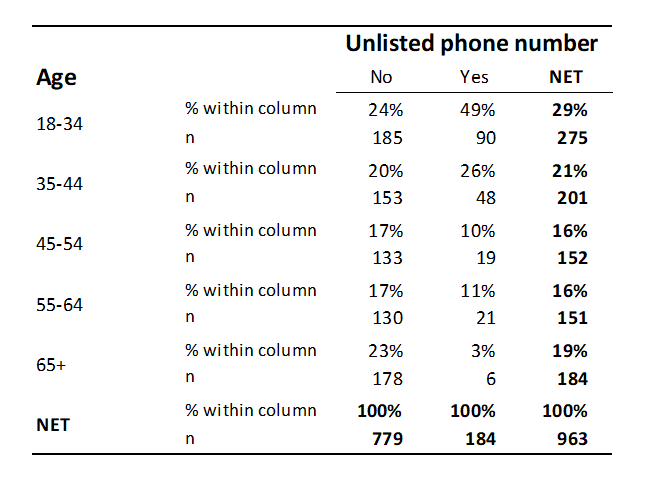
Working with Syntax :-
You can run a few assignments by essentially utilizing the order language. It assists you with putting away and computerize the records. It offers various capacities which are not accessible in the exchange box or the menu. These orders permit you to store your occupations for additional utilization in the linguistic structure document. You can utilize these sentence structure documents to save your time when you will chip away at similar examination of information.
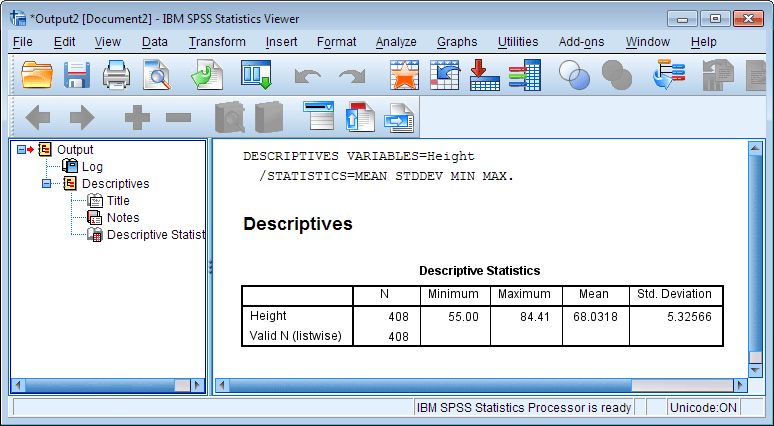
The order language punctuation document incorporates the IBM and SPSS measurements linguistic structure orders and is a text record. You can straightforwardly type an order in a punctuation window. You basically need to run the order and no compelling reason to perform many activities from discourse box or menu.
- Open the information record on which you need to perform tasks.
- Select “Menu” and pick: Analysis => Descriptive Statistics => Frequencies
- Click the Marital status [marital]. Then, at that point, drag it in the Variable rundown.
- Select the Charts.
- Click Bar outline choice in the Charts exchange box.
- Select Percentages.
- Click the Continue button.
- Press the Paste choice.
- Duplicate the linguistic structure to the Syntax Editor.
- Outline creation
- Run the language structure from the menu: Run => Selection
Gluing Syntax :-
Utilize the glue button to compose the linguistic structure. This button is accessible on the discourse box.
Altering Syntax :-
You can alter the language structure in the grammar window. You can change the orders to address recurrence rather than the rate. And furthermore, you can straightforwardly enter the watchword for the recurrence. Get the catchphrase by setting the cursor anyplace on the subcommand name. Then, at that point, press the Ctrl+Spacebar and you will get the auto-consummation control for the order. From the BARCHART subcommand, erase the PERCENT watchword. Then, at that point, Press Ctrl+Spacebar together.
For frequencies select the thing marked as FREQ. You can basically embed a thing just by tapping on it. The thing will be set at your present cursor position. The auto-fulfillment control will furnish you with the rundown of all accessible terms when you type.
Click the “Enter” button after the “FREQ” catchphrase. Compose the forward-slice which will show the beginning of the subcommand. In the Syntax Editor, you will get the subcommand list.
The F1 key is utilized to get the total data about the current order. It will divert you to the order sentence structure reference data. The sentence structure window shows the hued message which empowers you to recognize the code without any problem. In this main the perceived coding terms are shaded. On the off chance that you commit some spelling error while coding, you can without much of a stretch distinguish it. Assume in the event that you have composed PRNT rather than PRINT order. PRINT order will be displayed as hued naturally though PRNT will be uncolored.
- Open the saved punctuation document by: File => Open => Syntax
- A standard exchange box for opening documents is shown.
- Pick the record having .sps expansion, you need to open and view.
- Select the “Open” button.
- Run the order utilizing the “Run” choice from the Menu.
- Assuming that the order you will execute is applied to a particular information record. Then, at that point, before you run the order, ensure that the information record is open. Or, in all likelihood you can open that document utilizing the order.
Open and the Run a Syntax File :-
Utilizing Breakpoints :-
Breakpoints are utilized to stop the working of the code at the specific places and afterward you can run the code again when it will be prepared. It makes you ready to see the outcome eventually in the sentence structure and you can likewise get the current data by running a punctuation order like FREQUENCIES. What’s more, the breakpoints will be applied uniquely at the specific degree of orders. You can’t set it on any of the lines inside the order.
Conclusion :-
This advanced period is rotating across the large numbers of information sources tossing data at a relentless speed. The necessity for devices like IBM SPSS is clear for managing this data. Subsequently, you can get valuable bits of knowledge from your information and take care of intricate business issues by settling on fast choices. This apparatuses will assist you with performing prescient investigation giving out viable and effective outcomes.




